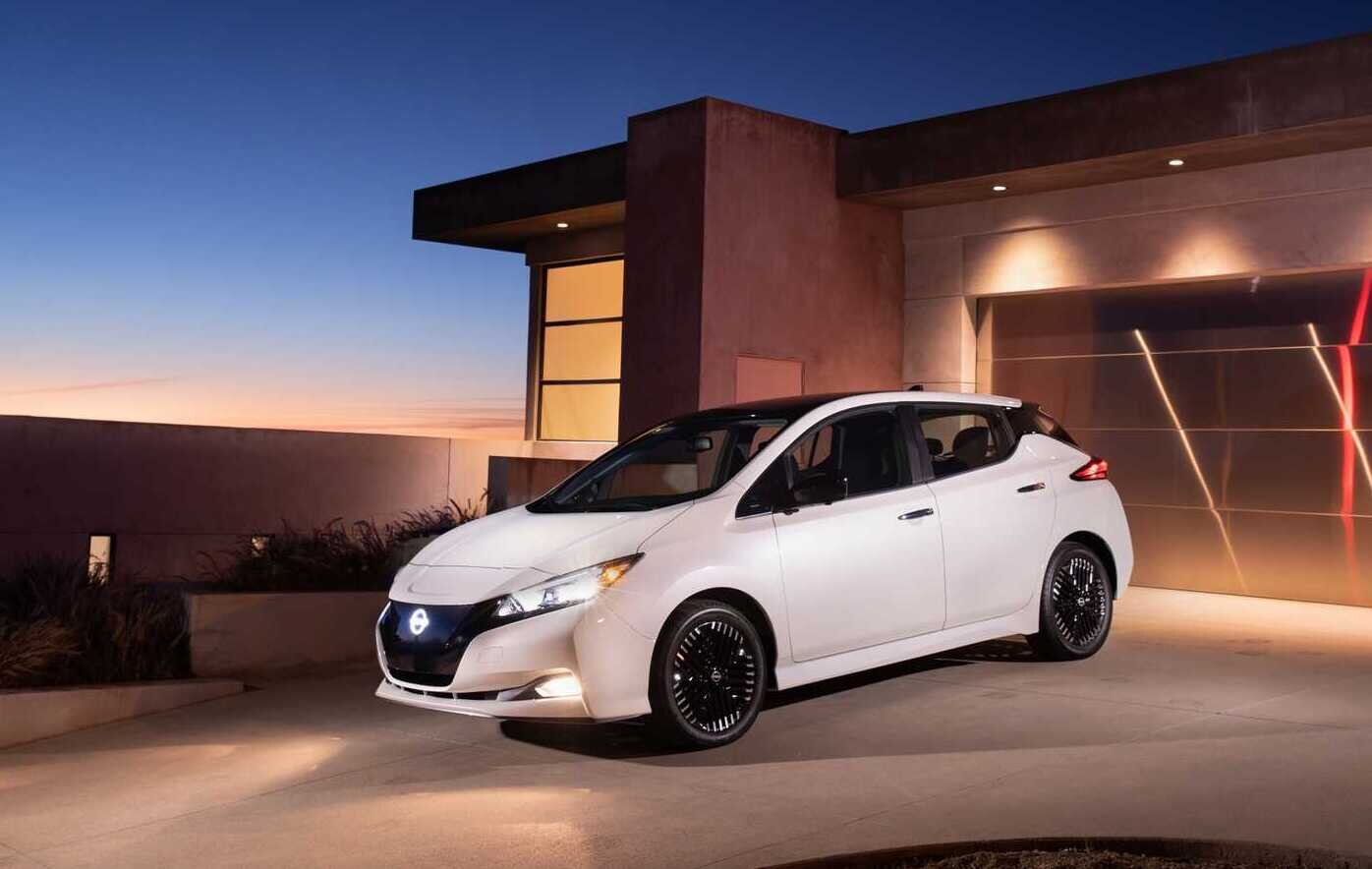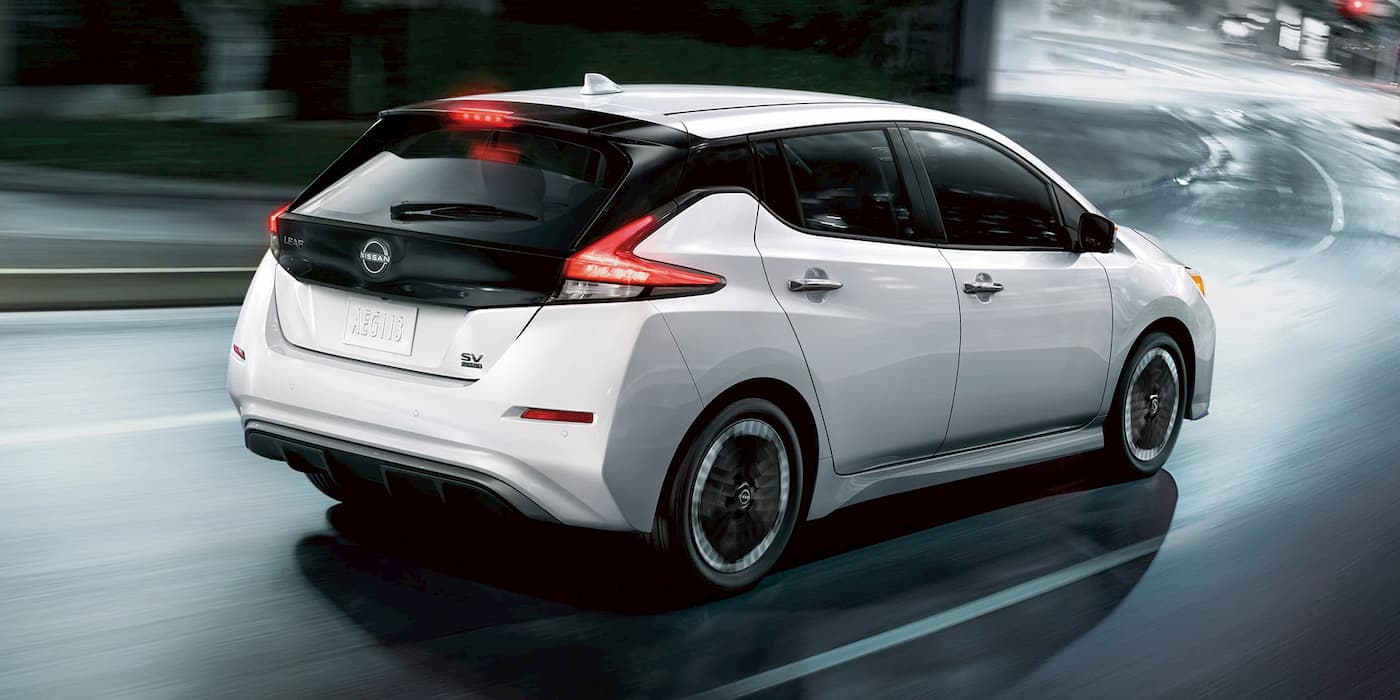Since its debut in 2010, the Nissan Leaf has been a stalwart in the electric vehicle (EV) market, enticing numerous individuals contemplating the shift to eco-friendly transportation. While its initial reach was concentrated in Japan, Europe, and North America, the Leaf has now expanded its presence across diverse regions. With a global sales tally of 577,000 units, the Leaf has solidified its position as one of the most successful EVs to date. While it held the title of the best-selling electric model until 2020, it has since conceded the throne to the Tesla Model 3. The enduring popularity of the Model 3 persists, with Tesla’s CEO Elon Musk recently revealing the cessation of orders for the Long Range variant this year.
Beyond its eco-conscious zero-emission attribute, the allure of EVs extends to embracing cutting-edge automotive technology. Notably, the inclusion of driver assistance systems offers an added layer of support for motorists, akin to an extra set of hands and feet behind the wheel. Depending on the level of autonomy, these systems can make vital decisions while driving, enhancing overall safety.
It’s essential to recognize, however, that these systems are not a substitute for human attention. A recent incident of a driver sleeping while Tesla’s Autopilot system was engaged serves as a stark reminder. Tesla’s Autopilot, categorized as a Level 2 system, demands constant vigilance from the driver, as it operates in a semi-autonomous capacity.
Nissan’s answer to General Motors’ Super Cruise is the Safety Shield 360-degree suite, a signature feature of their vehicles, including the Leaf EV. While the Leaf comes equipped with the standard features of Nissan Safety Shield, additional enhancements are also available. This baseline package comprises six safety components meticulously crafted to monitor the road and intervene as required. Coupled with a network of intelligent software, the Leaf incorporates the Advanced Airbag System, complete with dual-stage front airbags integrated with sensors. Furthermore, the smart braking system possesses the ability to detect excess weight in the rear, bolstering overall safety.
Safety Shield encompasses an array of features including Automatic Emergency Braking with Pedestrian Detection, Rear Automatic Braking, Rear Cross Traffic Alert, Blind Spot Warning, Lane Departure Warning, and High Beam Assist. Together, these elements collaborate seamlessly to augment the Leaf’s safety quotient. For instance, the automatic emergency braking system with pedestrian detection gauges the vehicle’s speed and proximity to the preceding car, issuing alerts if necessary.
If a collision becomes imminent, the system can autonomously apply the brakes to either prevent the collision or mitigate its severity. Similar technology is featured in other EV models like the Hyundai Ioniq 5, Chevrolet Bolt EV, Silverado EV, and the Cadillac Lyriq.
For Leaf owners desiring enhanced capabilities from their driver assistance system, Nissan offers advanced technologies that complement the standard package. Intelligent Forward Collision Warning, Intelligent Blind Spot Intervention, and Intelligent Lane Intervention stand as notable examples.
These features ensure that the Nissan EV remains within its designated lane and can employ the brakes to guide the vehicle back when necessary. However, it’s crucial to remember that these technologies do not render collisions impossible, underscoring the continued importance of driver attentiveness.







